You may already be aware that suicide is a leading cause of death in children. But did you know that youth who identify as LGBTQ+ are more at risk, with this group being greater than three times more likely to attempt suicide? This highest risk occurs between the ages of 12 and 14, a time of complex transitions when gender identity and sexual orientation are likely still evolving.
A new study from Children’s National Hospital sought to discern what these youth value as a way of examining how to curb this national trend.
Studies have shown that adolescents who identify as LGBTQ+ value:
- Strength
- Affirmation/acceptance
- Approach/interventions
- Safety/psychological distress avoidance
Listening and understanding
LGBTQ+ youth have shared that coping and control are connected, and that lack of either or both can lead to feelings of hopelessness. When adolescents do not feel heard, they oftentimes exhibit behaviors that adults object to.
It is important to recognize how youth cope with life stressors to understand undesirable behaviors that may arise. When youth are struggling to understand themselves and the way they belong in the world around them, they sometimes experience extreme stress, and they act out in ways which are not well understood and sometimes judged as bad. In such cases, youth share that finding someone who tries to understand them instead of judge or punish them is very helpful.
Communication is key
The value of communicating with adolescents is central to understanding them. LGBTQ+ youth share that they value “talking with me about me.” They associate meaningful communication with feeling valued. For example, when they experience closed loop communication — or being told that they are being heard — they feel respected for “who I am.”
Adolescents also shared that oftentimes, adults assume they know what is going on with them. Asking about the “why” behind associated behaviors instead of assuming is helpful to them. These youth value inclusive decision making and constructive challenges.
Feeling fearful and vulnerable
Youth who identify as LGBTQ+ feel vulnerable, and those included in the study report living in a constant state of danger. They face an increased risk of homelessness, and as such, often feel neglected and abandoned. Neglect leads to lack of resources — including basic knowledge and life skills — which leaves these youth ill-prepared to navigate their needs; this contributes to self-doubt and associated unworthiness.
When basic resources are introduced and accepted, youth can learn and grow in ways which opportunities become more apparent and their future looks brighter and more hopeful.
Gaining acceptance from self and others
LGBTQ+ youth have shared that to feel psychologically safe, they need acceptance and love. They need to feel cared for in ways which align with who they are — not who they may be expected to be. They need a sense of support, and they need courage to live as their authentic selves.
These youth sometimes reject themselves and feel rejected by others, which is painful. Sometimes, as a result, they live authentically only in spaces with people who they feel accepted by — living a double life. When they feel welcome and included for who they are, they can establish a clearer, healthier path forward. Acceptance from others and themselves can create a space of safety and can be lifesaving.
Resources
- National Suicide Prevention Lifeline (1-800-273-8255)
- Crisis Text line (741741), Text Home to Chat with a Crisis Counselor
- Trevor Project (1-866-488-7386), Crisis intervention for LGBTQ+ Youth 13-24
- Montgomery County Crisis Center and Mobile Crisis (240-777-4000)
- Prince George’s County Crisis Hotline (301-429-2185)
- Washington, D.C., Child and Adolescent Mobile Psychiatric Services (CHAMPS, 202-481-1400)
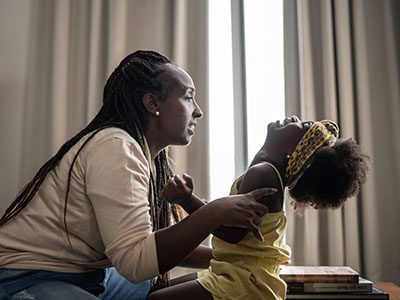 https://riseandshine.childrensnational.org/wp-content/uploads/2025/05/child-having-tantrum-feature.jpg
300
400
webteam
https://riseandshine.childrensnational.org/wp-content/uploads/2017/11/childrens_riseandshine_logo.jpg
webteam2025-05-07 15:54:412025-05-07 16:19:29Helping autistic children manage big feelings
https://riseandshine.childrensnational.org/wp-content/uploads/2025/05/child-having-tantrum-feature.jpg
300
400
webteam
https://riseandshine.childrensnational.org/wp-content/uploads/2017/11/childrens_riseandshine_logo.jpg
webteam2025-05-07 15:54:412025-05-07 16:19:29Helping autistic children manage big feelings




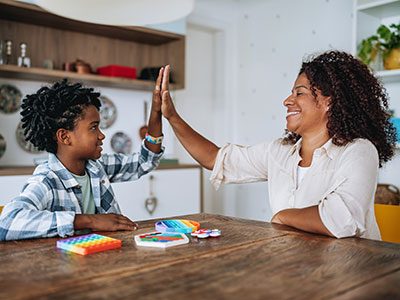
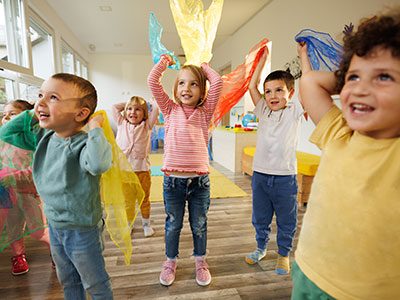


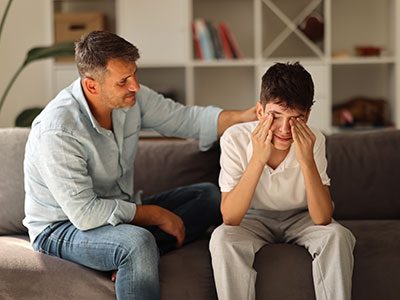



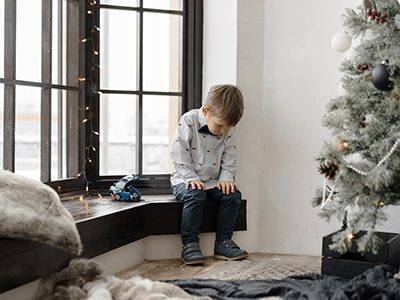
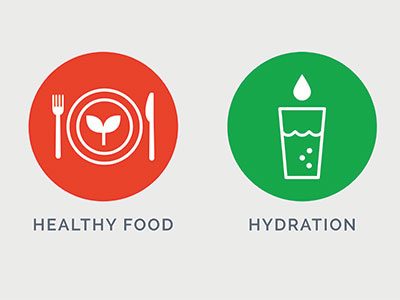


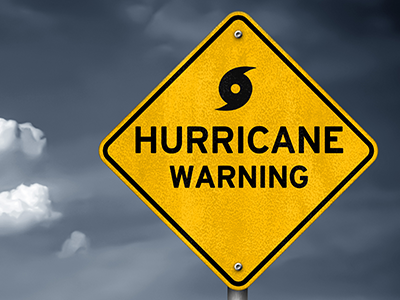

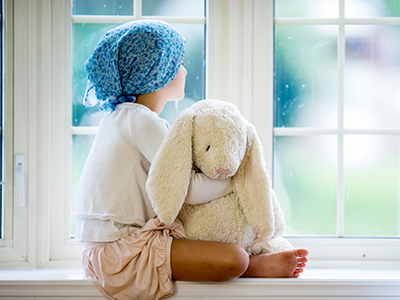
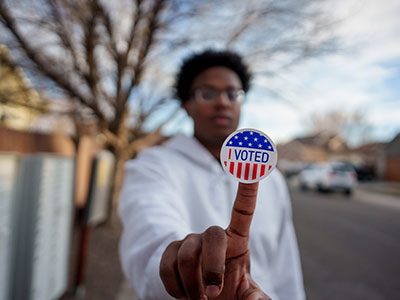
Leave a Comment
Want to join the discussion?Feel free to contribute!